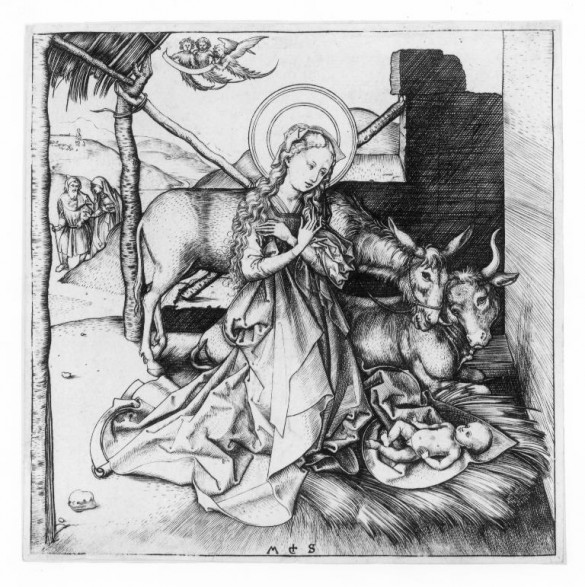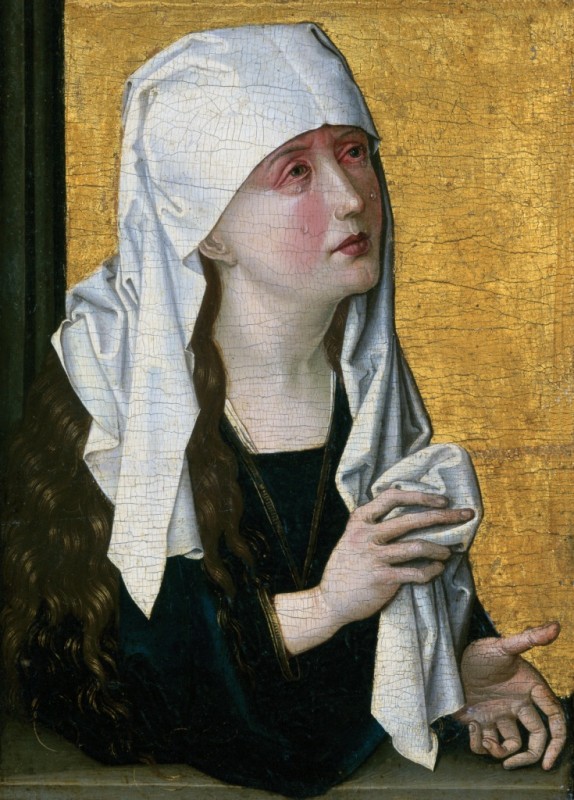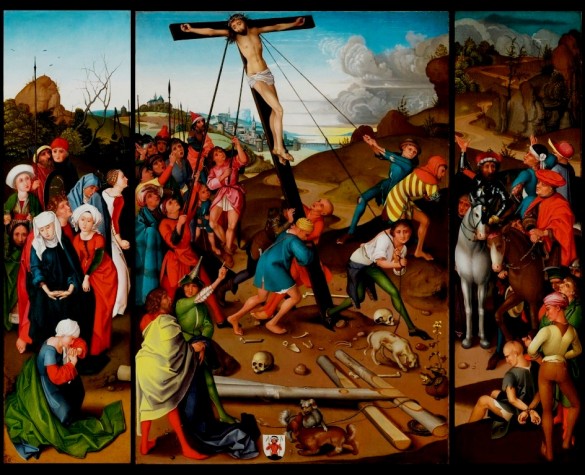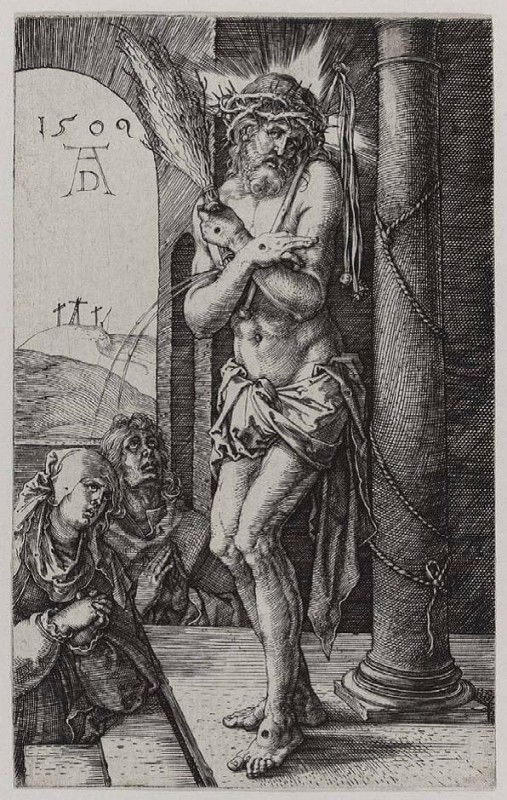Written by Nicole Gaudier, Curatorial Intern
**Needs Link to AofE**
This series will highlight 10 quick and easy facts about different cultures, artistic movements, and stylistic periods. Stay tuned for the next list in the series!

Martin Schongauer (1445–1491), The Little Nativity , c. 1480–1490, Engraving, 67333D, Staatliche Graphische Sammlung, Munich, Germany.
10. The Northern Renaissance refers to the events that happened during the Renaissance in Europe outside of Italy.
9. Early Northern Renaissance artists used many elements of an updated version of the Gothic style rather than the elements of the Italian Renaissance style.
8. Printmaking was an important and popular medium during the Northern Renaissance because, artists were able to sell many copies of their prints which were then seen throughout Europe.

Master of the Stötteritz Altarpiece
Mother of Sorrows c. 1470
Oil on panel
Gift of Mrs. Clifford G. Schultz in memory of Mr. Clifford G. Schultz, AG.1984.1.1
The Cummer Museum of Art & Gardens
7. Many Northern Renaissance artists added incredible, intricate, details to their work.
6. Oil painting became popular in Europe during the Northern Renaissance and was introduced to Italy by Northern Renaissance artists.
5. Although some of the patrons of Northern Renaissance artists were the leaders and elites, other patrons were the upperclass or wealthy middle class people.

Master of the Starck Triptych active c.1480 – c.1495
The Raising of the Cross c.1480–1495
Oil on panel
Patrons’ Permanent Fund, 1997.100.1.a
National Gallery of Art, Washington
4. The most influential regions during the Northern Renaissance were Germany, Flanders, and the Netherlands.
3. Devotional works were very popular during the Northern Renaissance, Christians used these works to immerse themselves in the details of Christ’s Passion.

Albrecht Dürer (1471–1528), Man of Sorrows by the Column, 1509, Engraving, 1927:55D, Staatliche Graphische Sammlung, Munich, Germany.
2. The German artist Albrecht Dürer (1471–1528) is considered to be the most important artist of the Northern Renaissance because of his influence on some of his contemporaries and also on later European artists.
1. One notes a difference in the art of the Northern Renaissance after the Protestant Reformation, including a disappearance of depictions of Mary and the Saints, and an increased emphasis on figures reading or having a Bible.



SWAG
this was really an important information